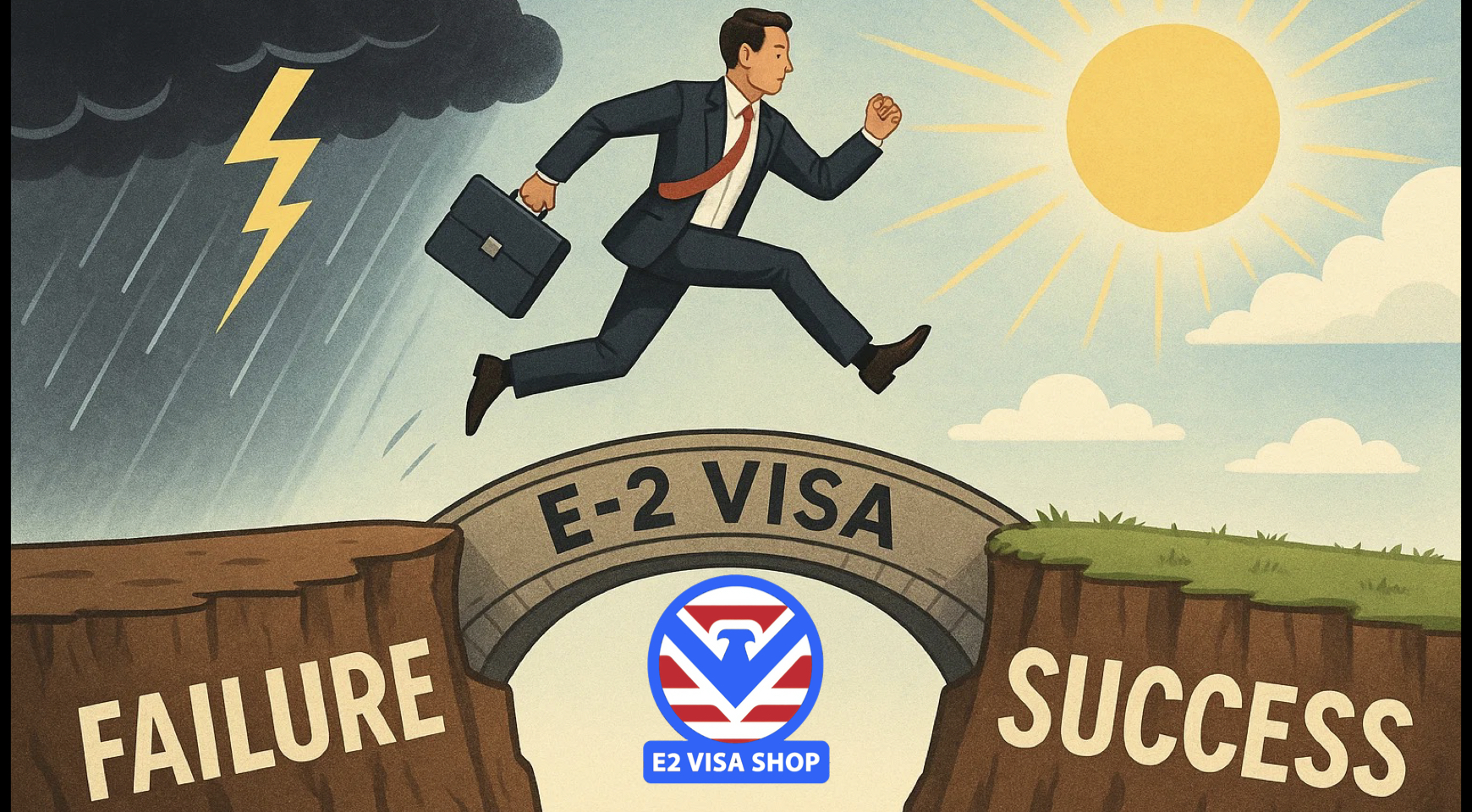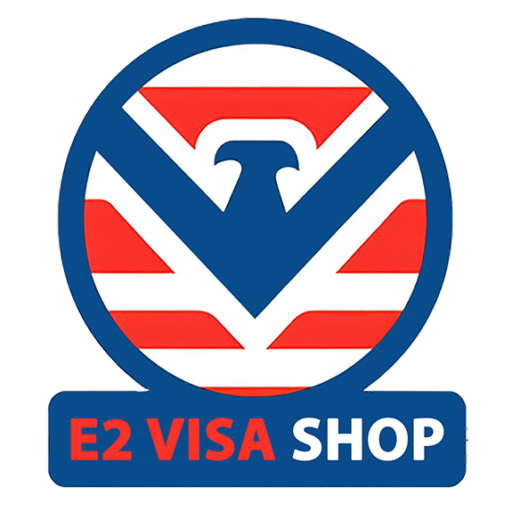
Can you change businesses while on an E-2 Visa? Read this.
The E-2 visa offers a valuable pathway for foreign entrepreneurs to live and work in the United States through investment in a U.S.-based business. But like any business venture, not all E-2 businesses succeed. If a business under E-2 status fails, does that mean the end of the road? Fortunately, the E-2 visa offers a degree of flexibility that can allow investors to transition to a new business — and potentially renew their visa — if they continue to meet program requirements.
Below is a step-by-step guide for transitioning from a failed E-2 business to a new enterprise while maintaining compliance and preserving the potential for visa renewal.
1. Acknowledging the Original Business is No Longer Viable
The first step is to recognize and document that your current E-2 enterprise is no longer economically viable. This could be due to market shifts, operational difficulties, or unanticipated financial losses. Importantly, this realization should occur before your E-2 status expires or is otherwise compromised. Proactive planning is key to a smooth transition.
2. Planning the New Business Venture
Next, you’ll need to develop a new business plan that satisfies all E-2 visa requirements. These include:
- A substantial investment, usually in the range of $100,000 or more (though this depends on the nature of the business),
- An enterprise that is real, active, and for-profit,
- A structure that is not marginal — meaning it should be capable of more than simply supporting you and your family, ideally contributing to job creation or broader economic impact.
Whether you pivot to a different industry or shift to a smaller-scale operation, the new business must be viable and clearly presented in a comprehensive plan.
3. Investing in the New Enterprise
To qualify under E-2, the new business must have a clear, documented investment. If you’re using remaining capital from the prior business, be prepared to show:
- A paper trail documenting the transition of funds,
- Evidence that the investment is “at-risk” (i.e., committed to the business and subject to loss),
- Actual expenditures (leases, inventory, equipment, staffing, etc.).
Passive investments or funds sitting idle in a bank account will not meet the E-2 criteria.
4. Updating E-2 Documentation
Once your new business is established and investment is made, you must update all E-2-related documentation to reflect the change. This includes:
- A new 5-year business plan,
- Updated financial projections,
- Proof of incorporation or legal formation,
- Operational documents (licenses, vendor agreements, contracts, lease agreements, etc.),
- Payroll records or hiring plans if applicable.
Thorough documentation is critical to demonstrate that the new business is legitimate, active, and aligned with E-2 standards.
5. Notifying USCIS or the U.S. Consulate
Depending on where you are located, you must properly report the transition:
- Inside the U.S.: File an amendment petition with USCIS to reflect the change in the underlying business. This process involves submitting updated documents and forms to revise your E-2 status.
- Outside the U.S. or planning international travel: You will need to apply for a new E-2 visa at a U.S. consulate using the new business as the qualifying investment.
Failing to notify the appropriate authorities can result in the loss of status or complications in future immigration filings.
6. Applying for Renewal Based on the New Business
When it’s time to renew your E-2 visa, immigration officers will evaluate the current business, not the original one. As long as your new enterprise:
- Is operational,
- Complies with E-2 requirements, and
- Shows economic viability,
…then you may be eligible for renewal, even if your original business is no longer active.
The renewal process will rely heavily on the financial health, employee impact, and overall growth of the new venture.
Conclusion
Business failure under the E-2 visa is not necessarily the end of your journey as a U.S.-based investor. By acting quickly, reinvesting wisely, and maintaining compliance through proper documentation, you can transition to a new business and preserve your immigration pathway. Professional guidance from an immigration attorney or business consultant, specializing in E-2 visas is strongly recommended throughout this process to ensure every requirement is properly addressed.
